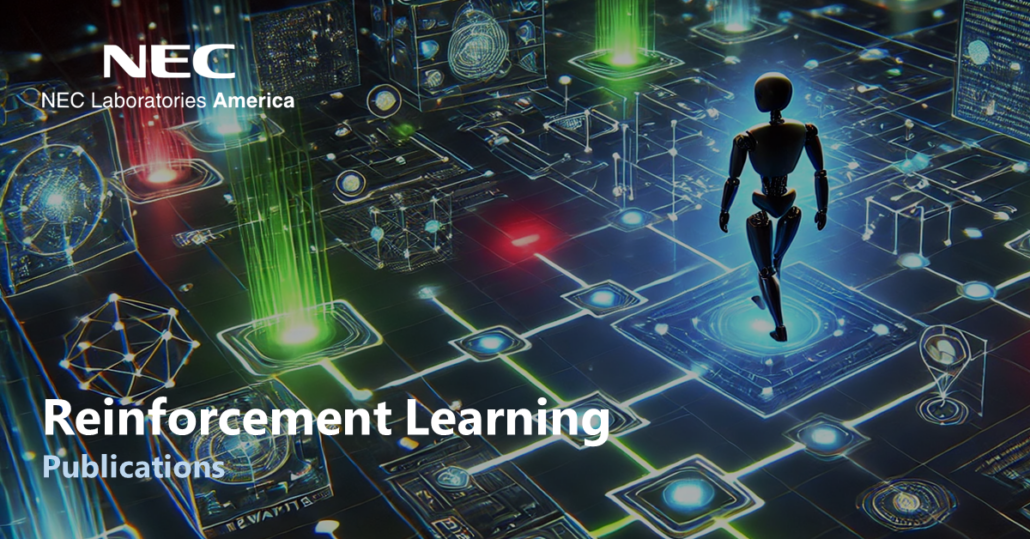CAMTUNER: Adaptive Video Analytics Pipelines via Real-time Automated Camera Parameter Tuning
In Video Analytics Pipelines (VAP), Analytics Units (AUs) such as object detection and face recognition operating on remote servers rely heavily on surveillance cameras to capture high-quality video streams to achieve high accuracy. Modern network cameras offer an array of parameters that directly influence video quality. While a few of such parameters, e.g., exposure, focus and white balance, are automatically adjusted by the camera internally, the others are not. We denote such camera parameters as non-automated (NAUTO) parameters. In this work, we first show that in a typical surveillance camera deployment, environmental condition changes can have significant adverse effect on the accuracy of insights from the AUs, but such adverse impact can potentially be mitigated by dynamically adjusting NAUTO camera parameters in response to changes in environmental conditions. Second, since most end-users lack the skill or understanding to appropriately configure these parameters and typically use a fixed parameter setting, we present CAMTUNER, to our knowledge, the first framework that dynamically adapts NAUTO camera parameters to optimize the accuracy of AUs in a VAP in response to adverse changes in environmental conditions. CAMTUNER is based on SARSA reinforcement learning and it incorporates two novel components: a light-weight analytics quality estimator and a virtual camera that drastically speed up offline RL training. Our controlled experiments and real-world VAP deployment show that compared to a VAP using the default camera setting, CAMTUNER enhances VAP accuracy by detecting 15.9% additional persons and 2.6%-4.2% additional cars (without any false positives) in a large enterprise parking lot. CAMTUNER opens up new avenues for elevating video analytics accuracy, transcending mere incremental enhancements achieved through refining deep-learning models.


